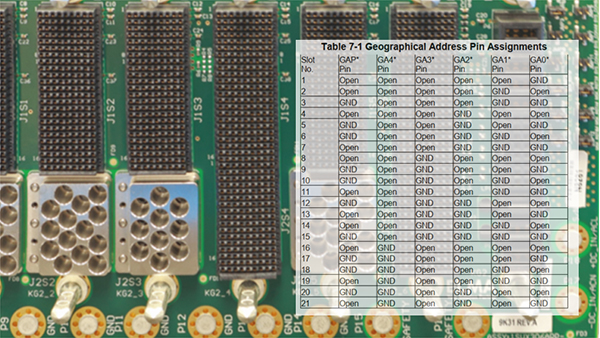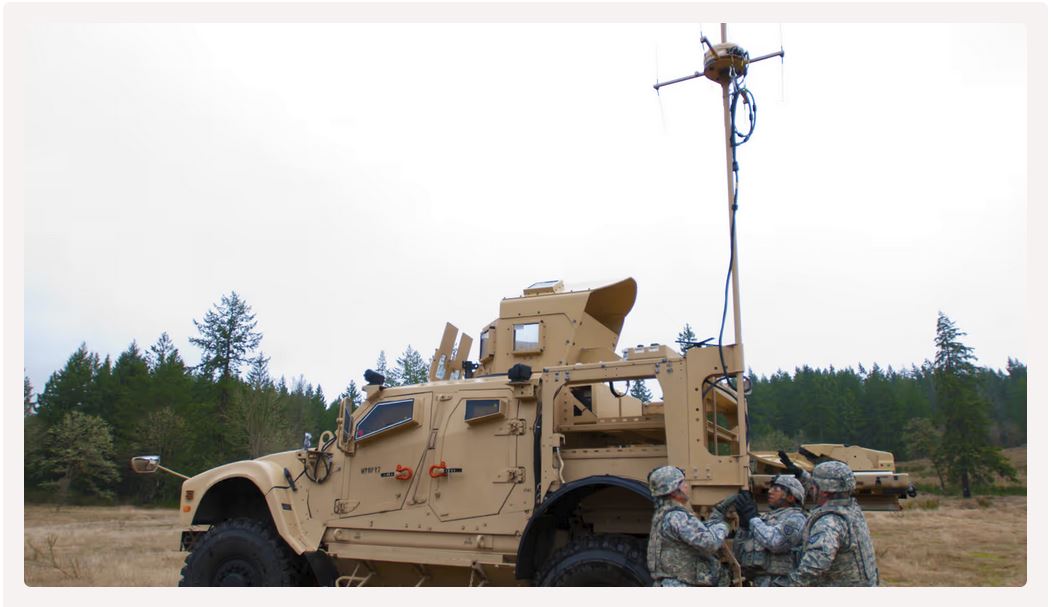连接是新标准的关键
随着SOSA技术标准的发展,技术工作组最近付出的艰巨努力进一步提高了该标准。Snapshot 3的新增内容根据国防部和其他政府机构的MOSA指令,进一步定义了系统实现。
尽管在SOSA计划即将发布之际,已经对系统设计、网络速度和电源要求中的多个因素进行了研究和定义,但受影响最大的领域之一是连接。由于 SOSA 版本 1.0 计划于 2021 年中期发布,因此重要的是要通过快照 1、2 和 3 来审视连接的演变,特别注意为满足应用程序不断增长的带宽需求而采取的速度提升和数据吞吐量调整措施。
符合 SOSA 的系统中的网络需求
以太网支持高速、低延迟的数据传输的能力已经有所发展,现在可以优先快速移动数据,取代了用于数据平面通信的 PCI Express 等接口。它已成为指定用于 SOSA 系统的主要网络技术。它支持 SOSA 中的许多目标,包括可配置性、互操作性,并被广泛使用。(图 1)

实际上,SOSA 广泛依赖以太网网络在 SOSA 模块之间传递信息,目前支持高速 1/10/40 Gb 以太网(100 Gb 正在开发中)以及低延迟和确定性数据传输。高速交换机用于实现以太网插卡交换机。
SOSA 系统由必须通信的 SOSA 模块组成。这意味着 SOSA 模块互连提供了在 SOSA 模块之间传递信息的设施,而物理网络互连被定义为在 SOSA 插卡之间传递信息。
由于 SOSA 标准通过 OpenVPX VITA 65.0 和 VITA 65.1 定义了插卡硬件,因此 OpenVPX 背板采用插槽来接受插卡,并允许 SOSA 硬件实体之间进行互连,以实现 SOSA 系统所需的必要网络。
网络连接是通过背板中的互连管道实现的,在 OpenVPX 中,管道在逻辑上被组织成不同的平面。这些连接可以在背板上用铜物理实现,也可以通过光纤在外部实现。
由行业参数定义的系统要求
尽管快照的初始目标包括高速网络速度,但在我们为SOSA的首次发布做准备时,很明显,满足这些不断增长的需求已导致SOSA系统的连接要求发生了转变。(图 2)。

对这种提高性能的需求影响了多个连接设计因素
- 开发了新的 VPX 连接器(TE 的 RT3),可支持 25 Gb/s 以上的速度
- 模块配置文件已添加到 SOSA 和 OpenVPX 中,以描述所需的协议
- VITA 67.3 I/O 连接器已更新,支持射频触点和光纤 MT 套圈
- 在有效载荷和 I/O 密集型 SBC 以及开关和定时槽的插槽配置文件中进行了移动
在 SOSA 生态系统的构建过程中确保连接
鉴于旨在促进制造商和产品技术间互操作性的 SOSA 的性质,确保系统内的连接至关重要。
佐治亚理工学院于2020年1月在佐治亚州亚特兰大的佐治亚理工学院为媒体、收购界和行业影响者举办的首届三服务开放架构互操作性演示(TSOA-ID)活动,清楚地展示了SOSA生态系统的实力,并帮助验证了SOSA对应组件的互操作性。
Elma的SOSA和CSOSS协调的12槽3U开发平台是五家SOSA联盟成员公司共同努力构建和测试符合SOSA的功能齐全的系统的核心。这些使用Elma开发平台参与演示的行业合作伙伴包括Behlman Power、Current Technologies、Crossfield Technology、Curtiss Wright、Interface Concept和Spectranetix(太平洋防务公司)。
即使在标准开发的初始阶段,符合SOSA的系统的连接需求也与不断变化的市场需求保持同步。确保高速网络的可靠吞吐量为持续加强国防部所有分支机构的 SOSA 开辟了道路。
在这个内容丰富的网络研讨会中了解更多信息”SOSA™ 技术标准如何实现高度标准化、可配置和可互操作的网络通信协议”,由军事和航空航天电子以及来自Elma Electronic、Interface Concept和Pentek的专家主持。

